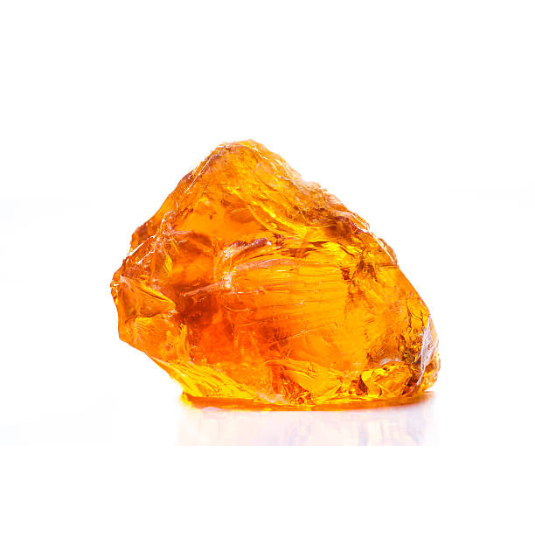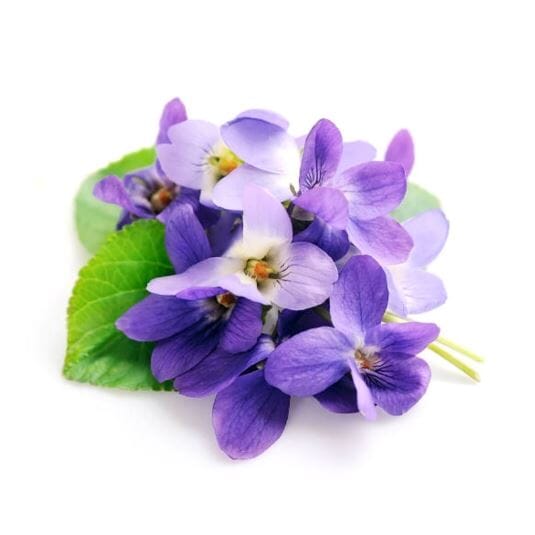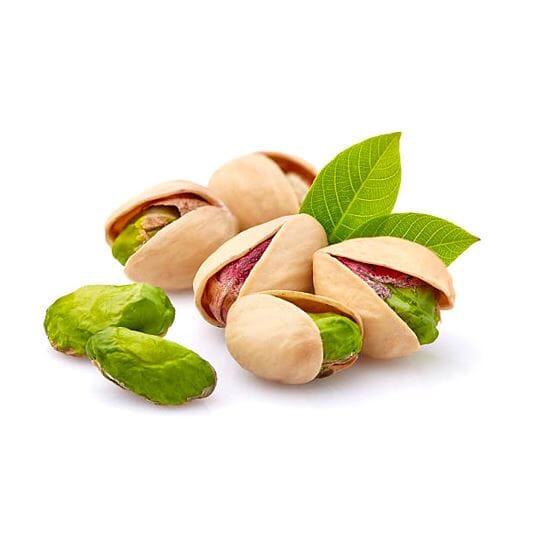What does the word cotton flower mean?
Known by the botanical name Gossypium , this enchanting flower is commonly referred to as the "cotton flower" due to its close association with the cotton plant. The origin of the name "cotton" can be traced back to the Arabic word "qutn," which was later adapted into the Old French term "cotton." This etymological journey reflects the plant's rich history and enduring connection with diverse cultures around the world.
The name "cotton flower" perfectly captures the essence of this flower, evoking images of softness, purity, and delicate elegance. The term "flower" implies the flower's beauty and appeal, while the term "cotton" symbolizes its practical and versatile nature. Together, they form a harmonious blend that encapsulates the unique characteristics of this remarkable floral wonder.
In the beginning…
The history of the cotton flower stretches back through time, intertwining with civilizations, trade routes, and the global textile industry. Emerging in the ancient Indus Valley Civilization around 4500 BCE, cotton cultivation quickly spread around the world, leaving an indelible mark on societies and cultures.
In ancient Egypt, cotton was revered as a symbol of purity and used to create luxurious fabrics for royalty and nobility. Pharaohs valued its softness and breathability, making cotton an integral part of their clothing and bedding. As trade routes expanded, cotton reached different corners of the world. From the vibrant textiles of India to the intricate weaves of China, cotton became a symbol of craftsmanship.
During the Industrial Revolution, cotton played a vital role in transforming the textile industry. Eli Whitney's invention of the cotton gin in the late 18th century revolutionized cotton processing, making it more accessible and affordable. This led to the mass production of cotton textiles, which shaped the fashion and lifestyles of societies around the world. In perfumery, the delicate and subtle scent of cotton blossom began to captivate modern-day perfumers. Its clean, comforting scent evokes memories of fresh linen and gentle breezes, offering a sense of purity and tranquility. Perfume houses began incorporating cotton blossom accords into their compositions, creating fragrances that evoke a sense of cleanliness, warmth, and familiarity.
DID YOU KNOW? Clothing manufacturers quickly grasped the importance of cotton. It is estimated that the Egyptians were familiar with this textile fiber over 10,000 BC, and cotton clothing dating back over 7,000 years has been discovered in Mexico. Ancient texts also indicate that cotton cultivation has existed in India for over 3,000 years.
Cotton flower cultivation
The main cotton flower producing regions are India, China, the United States, Pakistan, Brazil, and Uzbekistan. These countries are known for their large-scale cotton production, providing a significant share of the global demand for cotton fiber for the textile industry.
Cotton seeds are planted in rich, well-prepared soil. After germination, the plants thrive with regular watering, sunlight, and protection from pests. Cotton flowers bloom, forming bolls filled with white fibers. After maturation, the bolls are harvested by hand or machine. The cotton fibers are then separated from the seeds, cleaned, spun, and processed into textile products. Thus, cotton farming involves planting, plant development, and harvesting the bolls to obtain the fibers used in the textile industry.
What did you know about cotton flower in perfumery?
Creating a cotton flower fragrance involves the skillful blending of olfactory accords to capture its unique and characteristic scent. Olfactory accords are combinations of different aromatic ingredients that come together to create a specific fragrance profile. In the case of cotton flower, perfumers use a variety of notes to recreate the airy , clean , and comforting scent of freshly laundered cotton. These accords often include soft floral notes, such as jasmine and rose, to evoke the delicate and soft nature of the cotton flower. Subtle hints of musk and powdery notes may be added to mimic the feeling of comfort and warmth associated with clean, freshly laundered fabrics. The result is a fragrance that captures the essence of the cotton flower, evoking feelings of freshness, purity, and tranquility.
As a result, the cotton flower's aroma profile is characterized by a clean, fresh, and subtly floral scent. It captures the essence of freshly laundered fabrics and evokes a feeling of cleanliness and comfort. Here are some key characteristics of the cotton flower's aroma profile:
• Clean : Cotton flower emits a crisp, clean aroma, reminiscent of freshly laundered linens and clothes. This clean appearance adds a sense of freshness and purity to the fragrances, creating a comforting and inviting atmosphere.
• Freshness : Cotton flower has a refreshing quality that contributes to its appeal in perfumery. Its aroma can be compared to a gentle breeze or the scent of sun-dried laundry. The fresh appearance of cotton flower brings a light and invigorating note to perfumes.
• Floral : While cotton flower is primarily clean and fresh, it also has delicate floral nuances. These floral aspects are soft and not overpowering, adding a touch of elegance and femininity to the entire fragrance.
• Powdery : Cotton flower can have a subtle powdery note, reminiscent of talc or baby powder. This powdery facet adds a soft, comforting touch to fragrances, evoking a feeling of comfort and warmth.
• Light and airy : The aroma profile of cotton flower is often described as light and airy, creating a sense of space and openness. It brings a sense of tranquility and relaxation, reminiscent of a sunny summer day.
Good to know!
Cotton flower has several benefits and virtues. On an emotional level, its delicate scent can bring a feeling of calm, comfort, and relaxation. It is often used in aromatherapy to promote relaxation and reduce stress. On a physical level, cotton flower is known for its skin-softening and moisturizing properties. It can be used in skin care products to soothe and nourish dry or sensitive skin. Additionally, its sweet fragrance can also be used in hair care products to leave hair fresh and fragrant. It is also often used in scented candles and other home fragrances.
The famous cotton flower perfumes
Cotton flower plays an important role in the overall olfactory composition of these perfumes and eaux de toilette:
• Invisible Musk by Juliette Has A Gun : Cotton flower is the heart note of this eau de parfum, complementing the top note of jasmine and the base note of white musk. It adds a soft, airy quality to the scent, contributing to the floral character of this fragrance.
• Jil Sander Softly Eau de Parfum : Cotton flower is present in the top notes alongside magnolia and ginger. It brings a fresh and clean aspect to this women's eau de toilette, setting a soft and comforting tone for the floral, woody and musky accords that follow.
• A Chant D'Amour by Prada : In this fragrance, cotton flower is part of the heart notes, blending harmoniously with orange blossom, jasmine, and lily of the valley. It adds a delicate and soft floral nuance, enhancing the fragrance's floral, woody, and musky composition.
• Cotton Flower by Shay & Blue London : This fragrance features cotton flower as the top note, accompanied by iris as the middle note and cashmere wood as the base notes. The cotton flower note takes center stage, offering a fresh, clean, and subtly floral aroma.
• Chloé Eau de Parfum from Maison Chloé the presence of cotton flower brings a soft and delicate touch to this floral fragrance. As the fragrance unfolds, the cotton flower note blends with white rose, rose and blooming gardenia, creating a romantic and feminine bouquet. The cotton flower accord enhances the entire composition by bringing a subtle freshness and a touch of warmth.
In each of these fragrances, cotton flower contributes to the overall olfactory profile by providing a soft, clean, and airy quality. It adds a touch of freshness, enhances the floral character, and helps create a soft and comforting ambiance. The role of cotton flower in these fragrances is to evoke a feeling of purity, softness, and tranquility.










